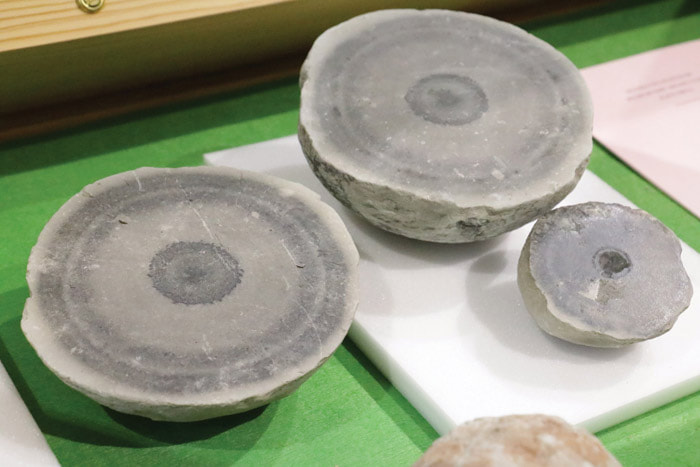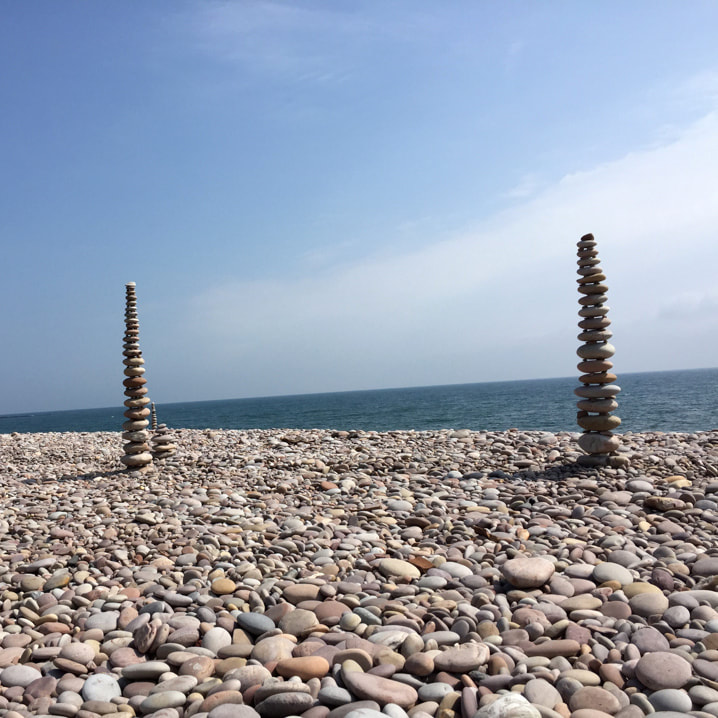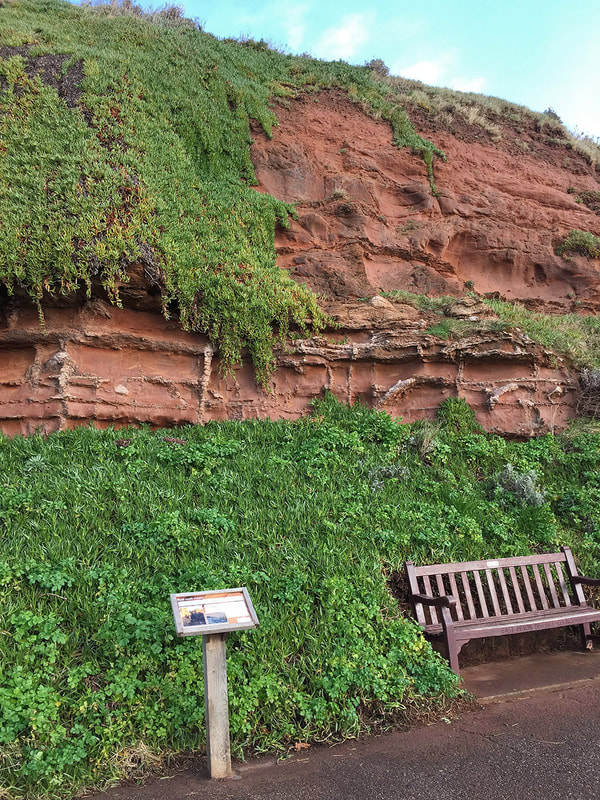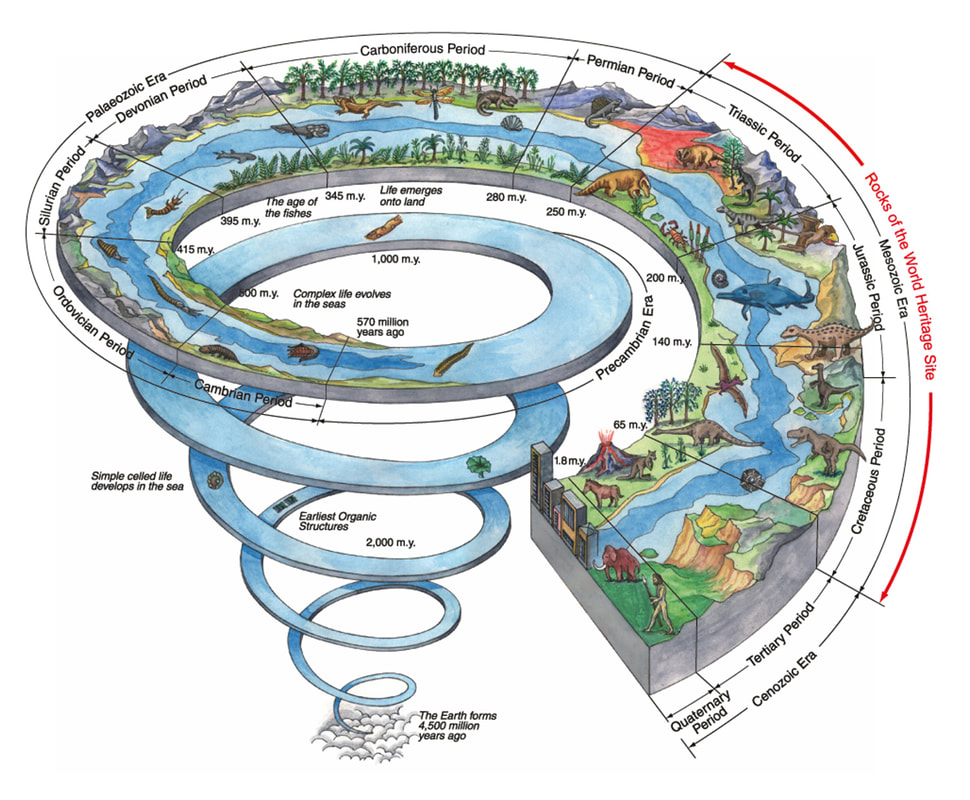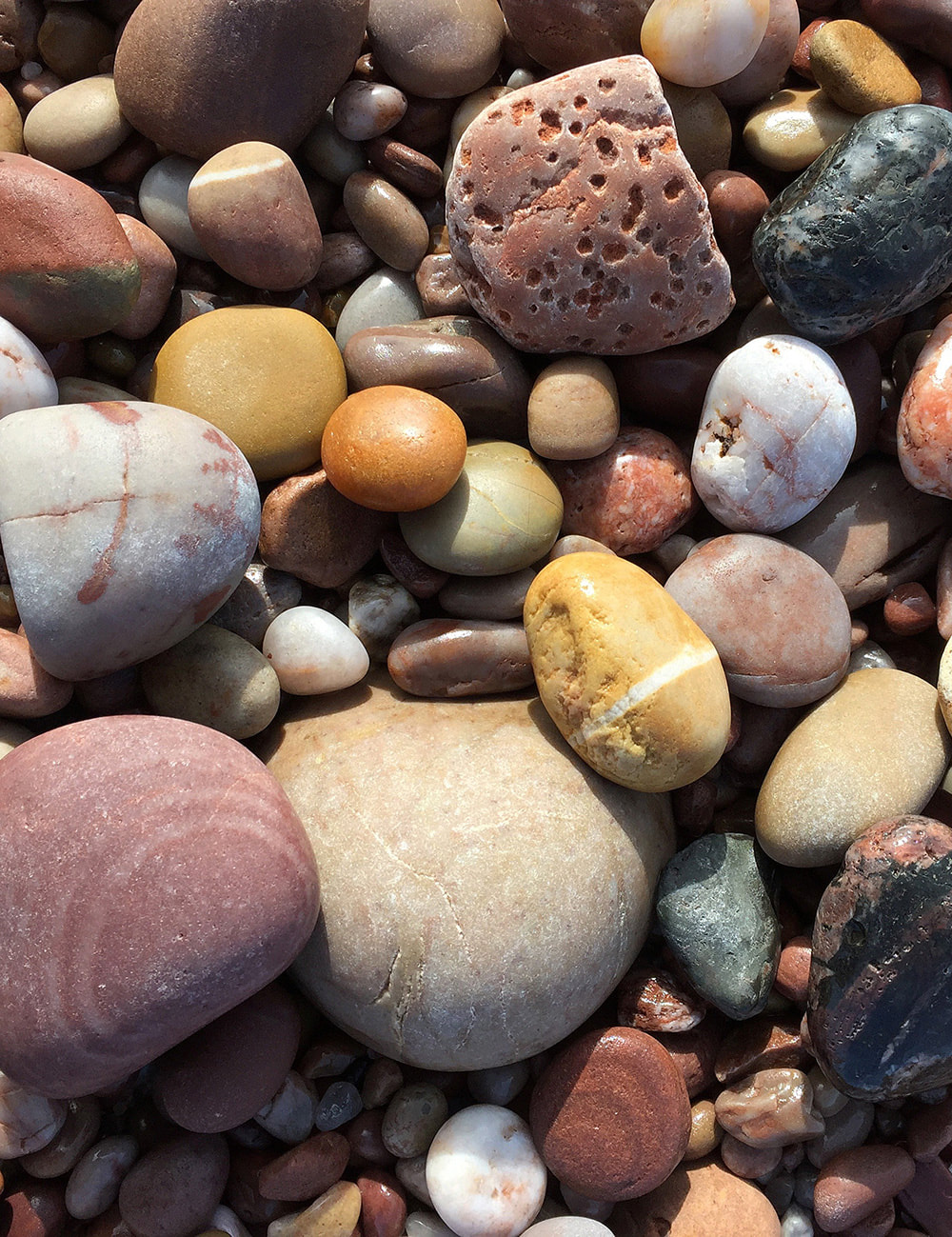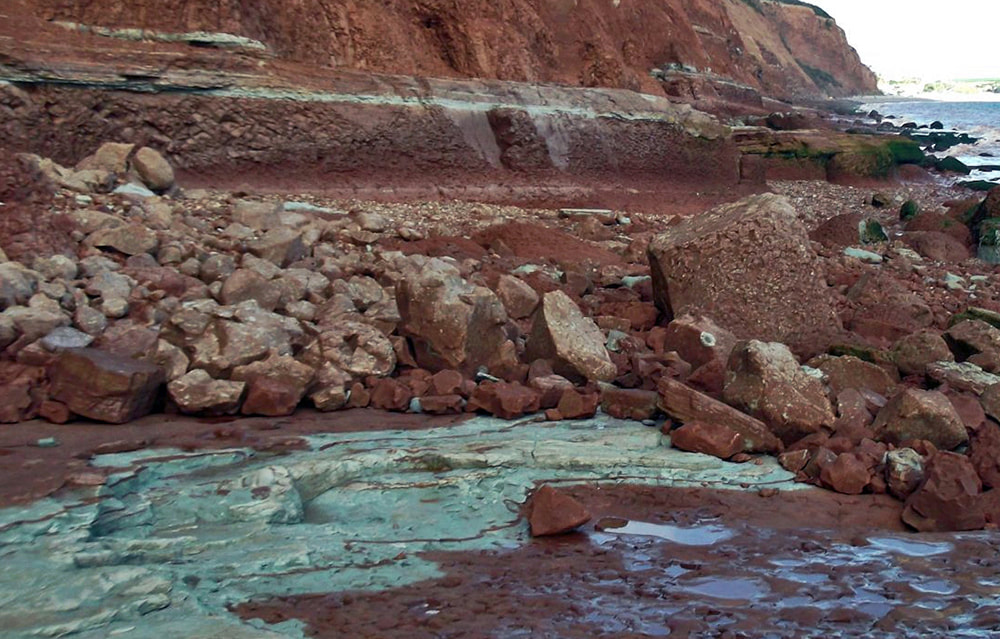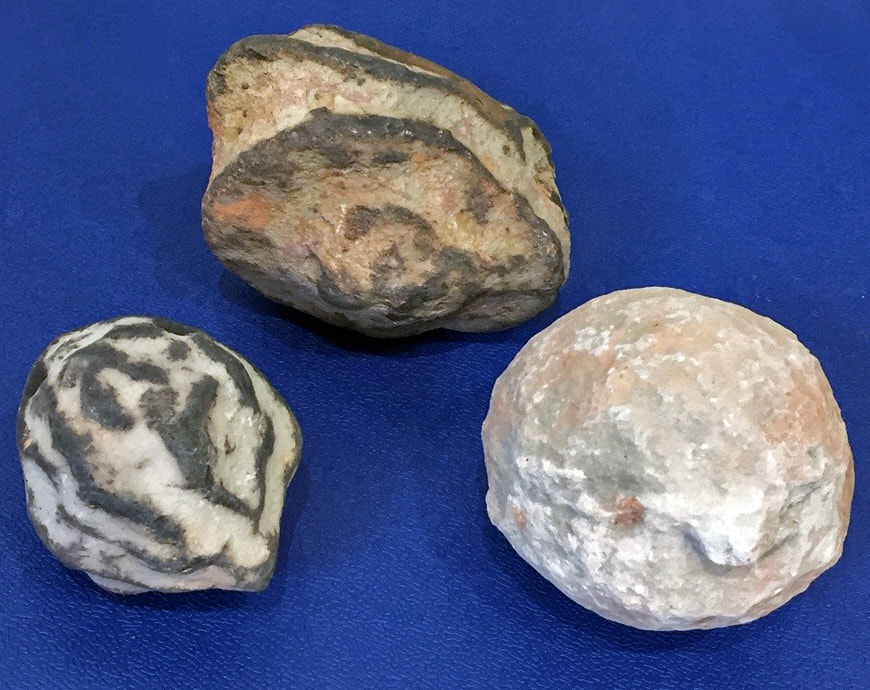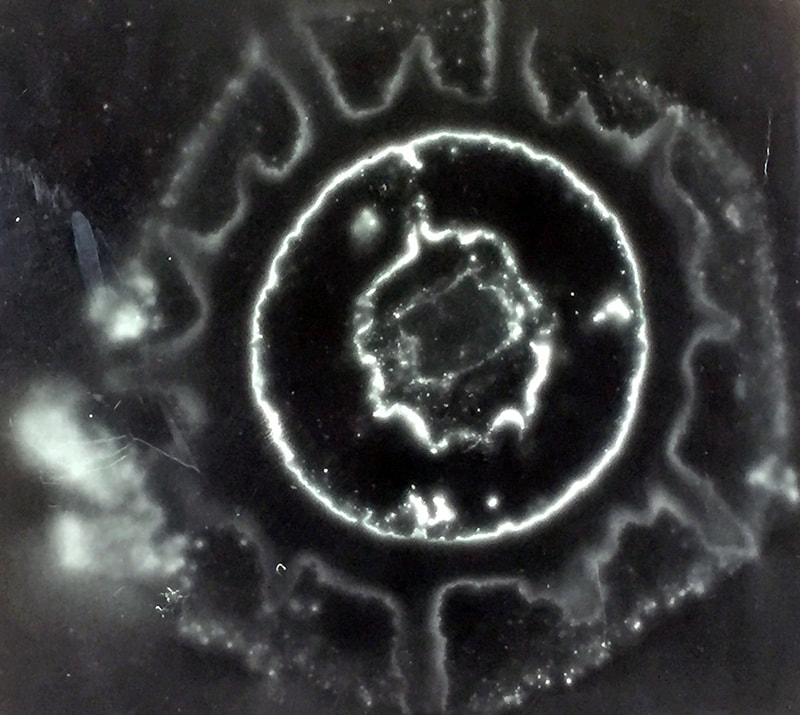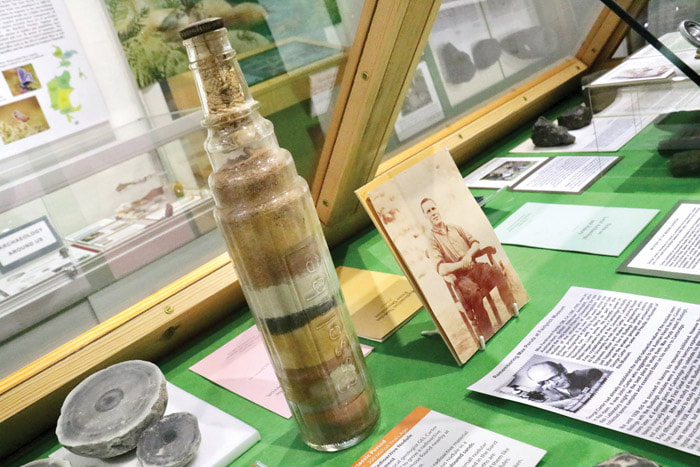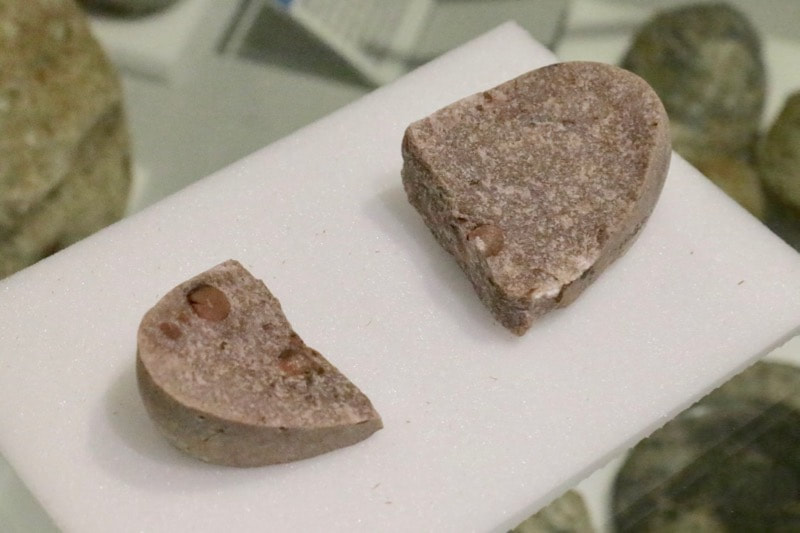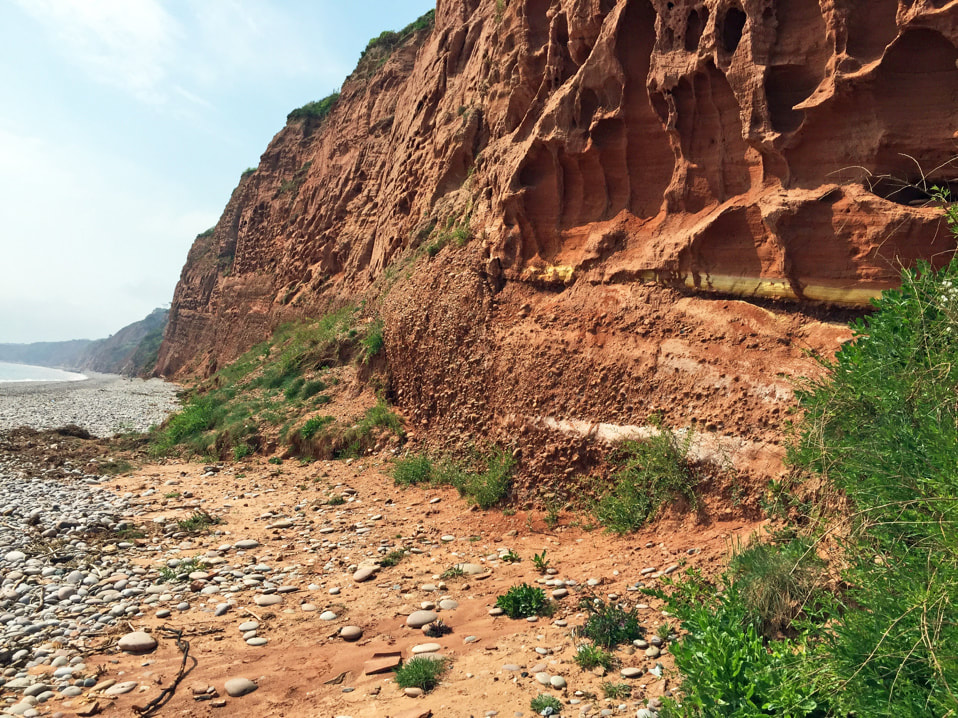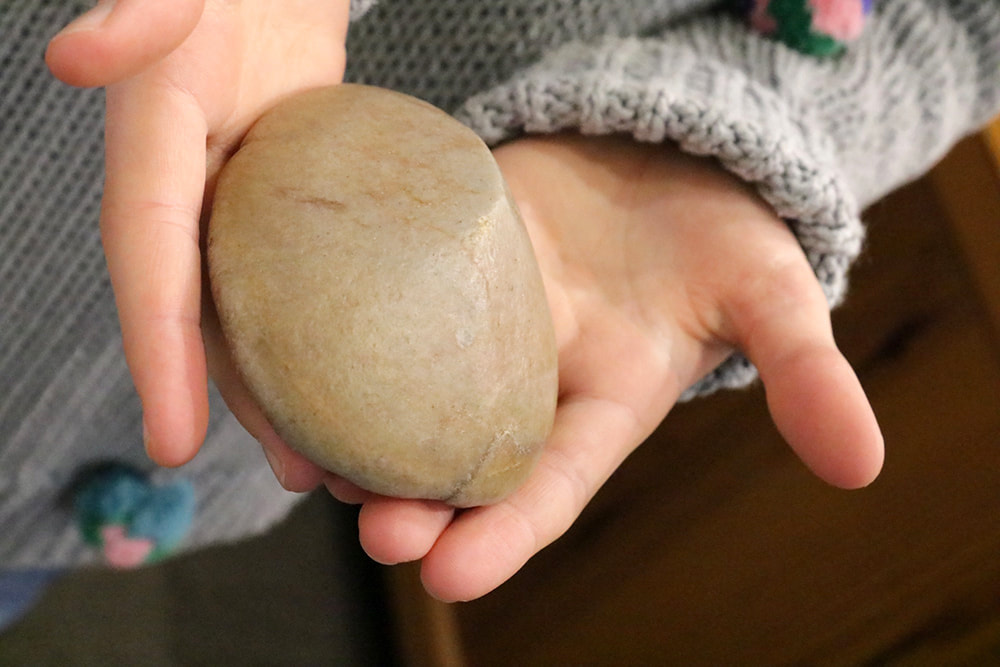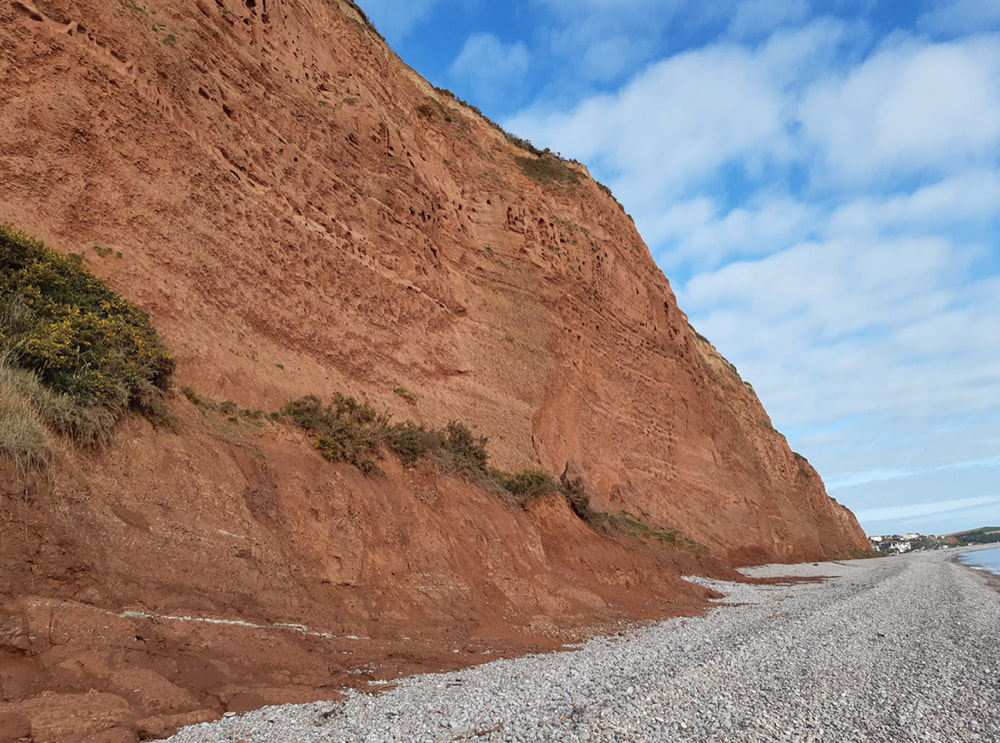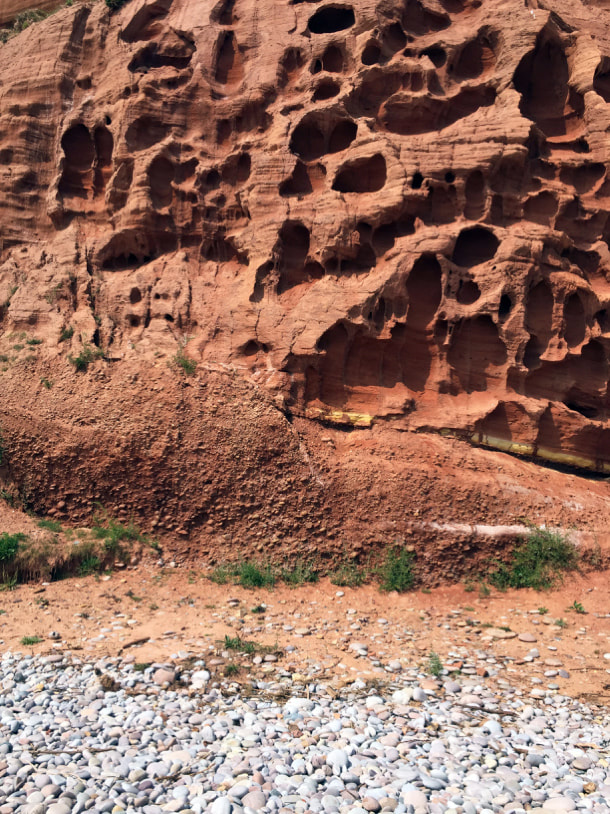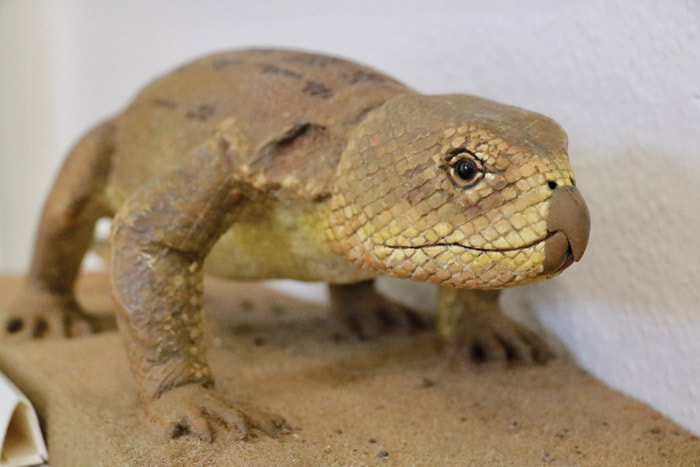geology
The rocks around Budleigh Salterton are the oldest rocks in the Jurassic Coast World Heritage Site, so old they aren’t even Jurassic! Find out about the red cliffs, the pebbles on the beach and the Littleham radio-active nodules from the displays in the Environment Room. See Budleigh Salterton’s own fossil, which is a whopping 445 MILLION years old, and investigate what else you might find by taking a walk along the beach to visit the Budleigh Salterton Pebble Beds at home in the cliffs west of the town and work out where the greatest mass extinction in the history of complex life took place and the Palaeozoic Era ended. Or if you walk east towards the mouth of the River Otter you can see in the Otter Sandstone the same mineralised remains of plant roots as are in one of the museum cabinets, but in the cliff where they were growing 245 million years ago!
Anchor Element
Copy for linking on the same page:
https://www.fairlynchmuseum.uk/geology.html?data-scroll-to-anchor=Permian
Copy for linking from an external page:
https://www.fairlynchmuseum.uk/geology.html?data-anchor-link=Permian
